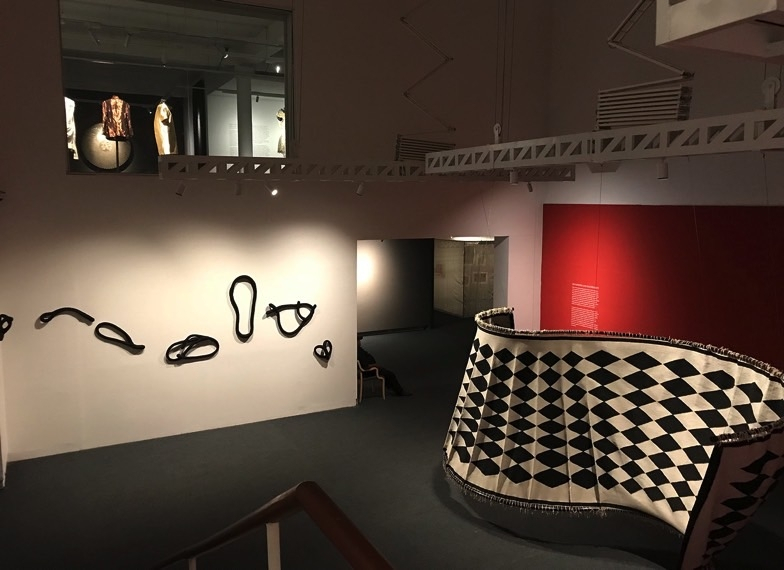....
This writer was intrigued at the time period covered by the latest textile exhibition, titled “New Traditions: Influences & Inspirations in Indian Textiles, 1947-2017,” which is currently on view at the Jawahar Kala Kendra, Jaipur. The period selected seemed interesting because there is not much scholarship on textiles in post-Independence India in public domain. Yet, this seems to be a period when the traditional Indian textiles have undergone highly significant transformations, possibly matched by very few in historical times
Mayank Mansingh Kaul, curator of the exhibition — who is an author, textile scholar, and textile-cum-fashion designer — says he was convinced about the aesthetic trajectory of the period because — “Unlike any other post-colonial country, India has taken a unique political, social and cultural route, which has given Indian ethos a distinct identity on the world stage. However, within this narrative, contemporary hand-made production has remained neglected. There are almost no publications archiving the developments of textiles in this period. So, it was time to look at it as a consolidated area of study.”
With this exhibition, Kaul, founder of the Design Project India, and a graduate of the National Institute of Design (NID, Ahmedabad), is attempting to bring focus to an Indian aesthetic that is unique not just because of its rich, continuous history, but also because it has survived global changes that have almost finished off similar traditions in many other parts of the world. “Most part of South Asia has sustained hand-production at a massive scale. The range of possibilities is unprecedented. From small scale to high-end niche products, from Rs 1,000 to Rs 20 lakh (Rs 2 million) — handmade production of textiles in India has immense distinct characteristics,” he says.
Designed by Reha Sodhi, the exhibition presents 72 works by 50 artists, designers, organizations of artisans, and from 41 lenders.
....
